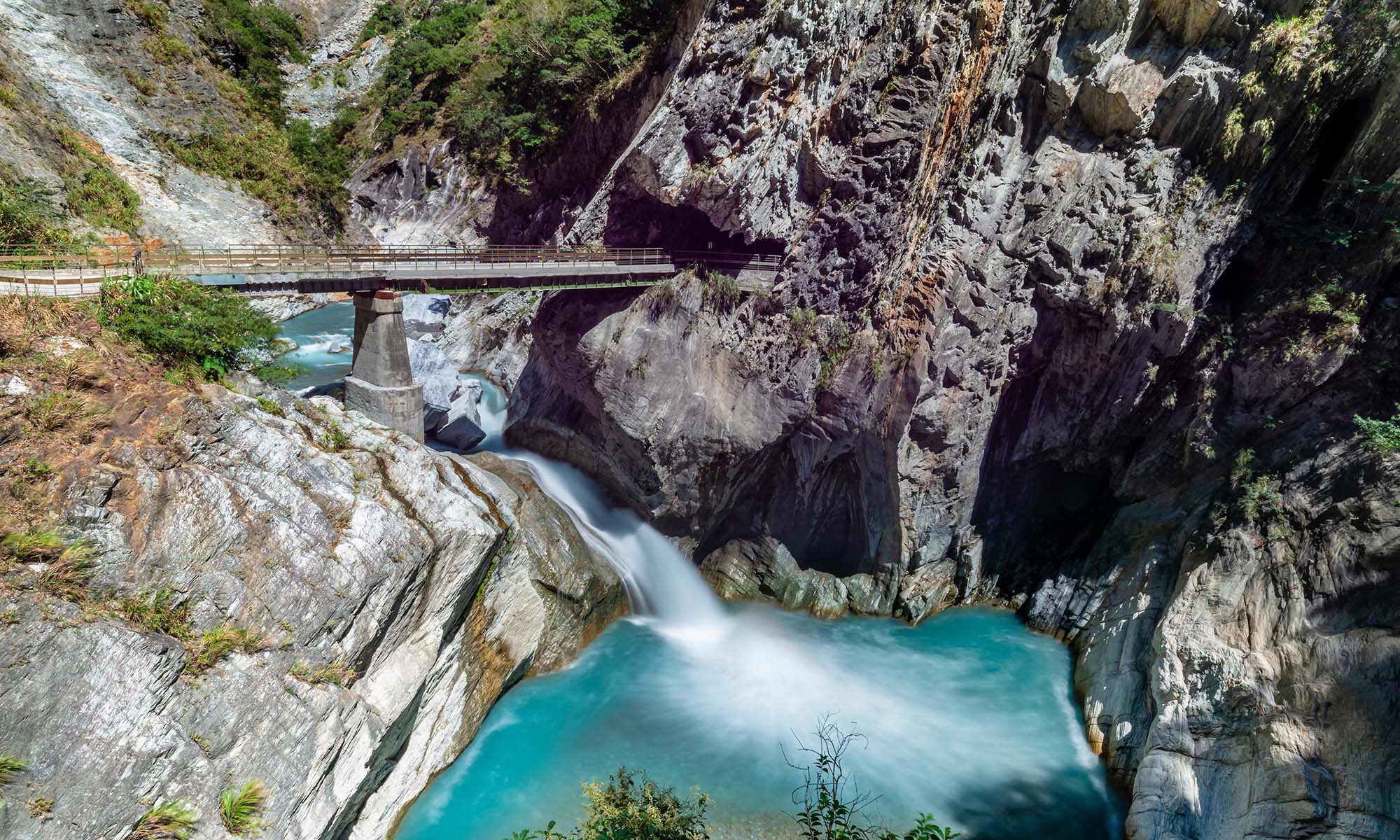Hualien County is known for its striking beauty. On one side, towering mountains and Taroko Gorge offer limitless adventure, on the other, bike paths and secluded beaches offer views of the rugged coastline and the Pacific Ocean. Seniors travelers can rest assured that many of the most rewarding attractions in Taroko National Park are reachable via car and usually require only a short walk.
📍 Route 1: Taroko National Park
Changchun Shrine & Bell Tower
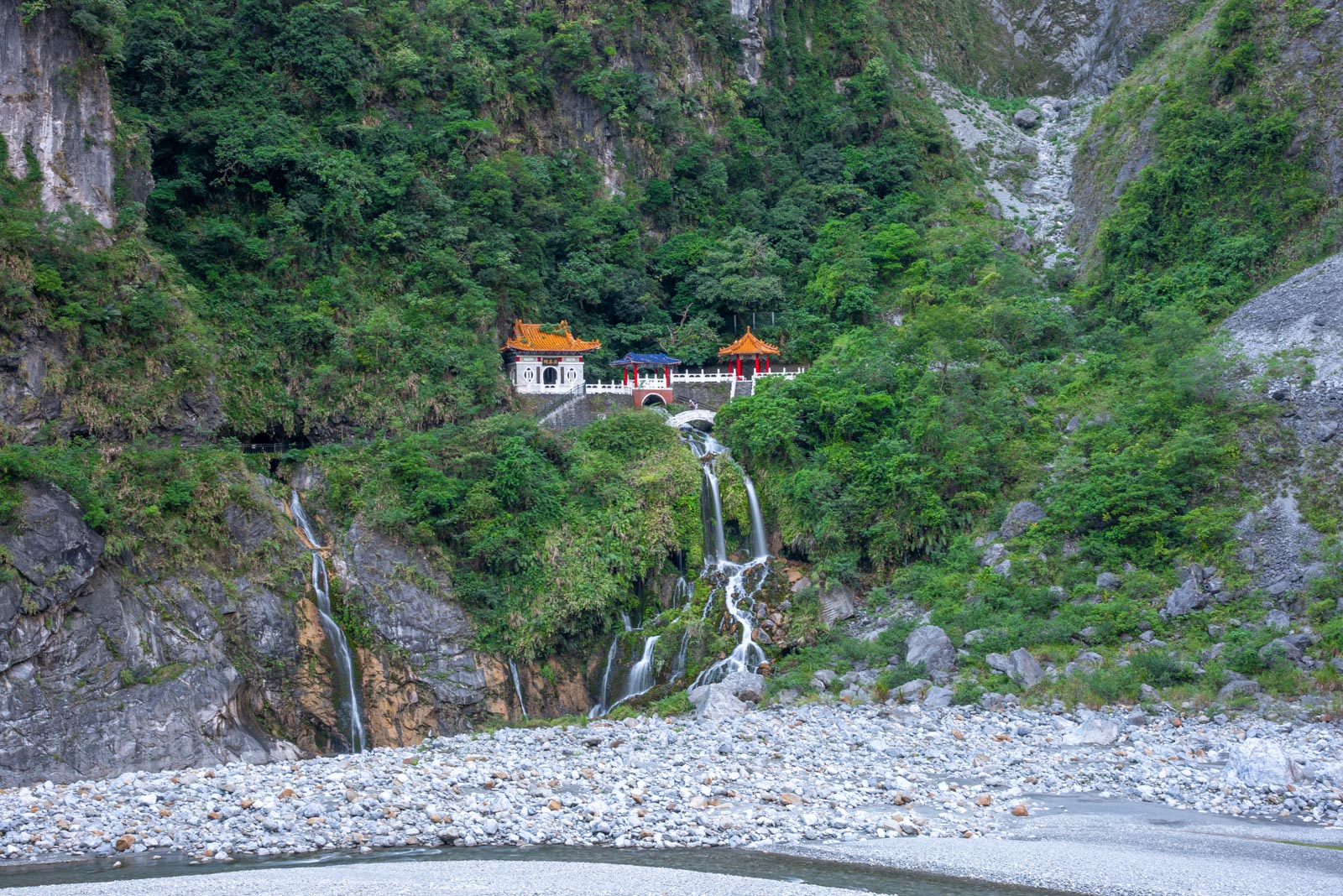
The Changchun Shrine, built over a fan-shaped waterfall, looks like something straight out of a fairytale painting. The water actually comes from a stream behind the temple and flows below the shrine before emptying out into the Liwu River. Built to commemorate the workers who died while building the Central Cross-Island Highway, this temple is one of Taroko National Park’s classic sights. If you’re looking to stretch your legs, consider hiking the zig-zagging trail behind the temple to reach the secluded Bell Tower perched directly above. For those with the stamina, the Bell Tower above offers excellent views of lower Taroko for comparatively low effort.
Baiyang Waterfall Trail
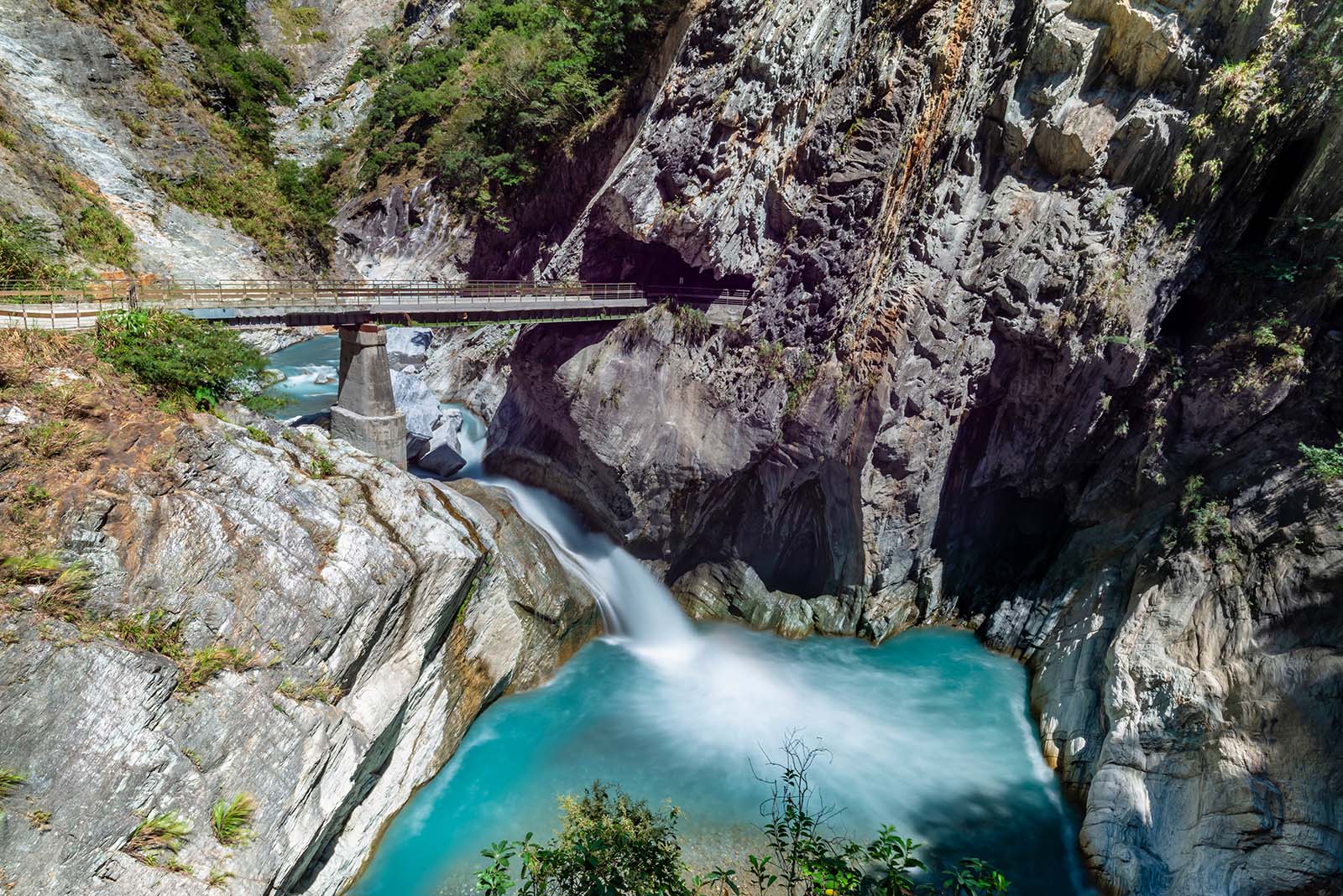
The Baiyang Waterfall Trail is one of Taroko’s most visited trails. A 4-kilometer round trip, the trailhead starts out by passing through a pitch black half-kilometer-long tunnel and soon crosses above two of Liwu Rivers major tributaries. The waterfalls and pools at this confluence are every bit as beautiful if not more than that of the Liwu River in the Taroko Gorge. The trail passes through 7 tunnels and 2 suspension bridges in total before arriving at a viewing platform with a view of the upper and lower tiers of the Baiyang Waterfall. One of Taroko Gorge’s unique attractions, the Water Curtain Cave, also lies at the end of the trail. This man-made tunnel was accidentally drilled through a natural spring, resulting in water pouring into the tunnel from fissures in the ceiling. Be sure to bring raincoats and quick drying footwear if planning to visit the cave.
Swallow Grotto
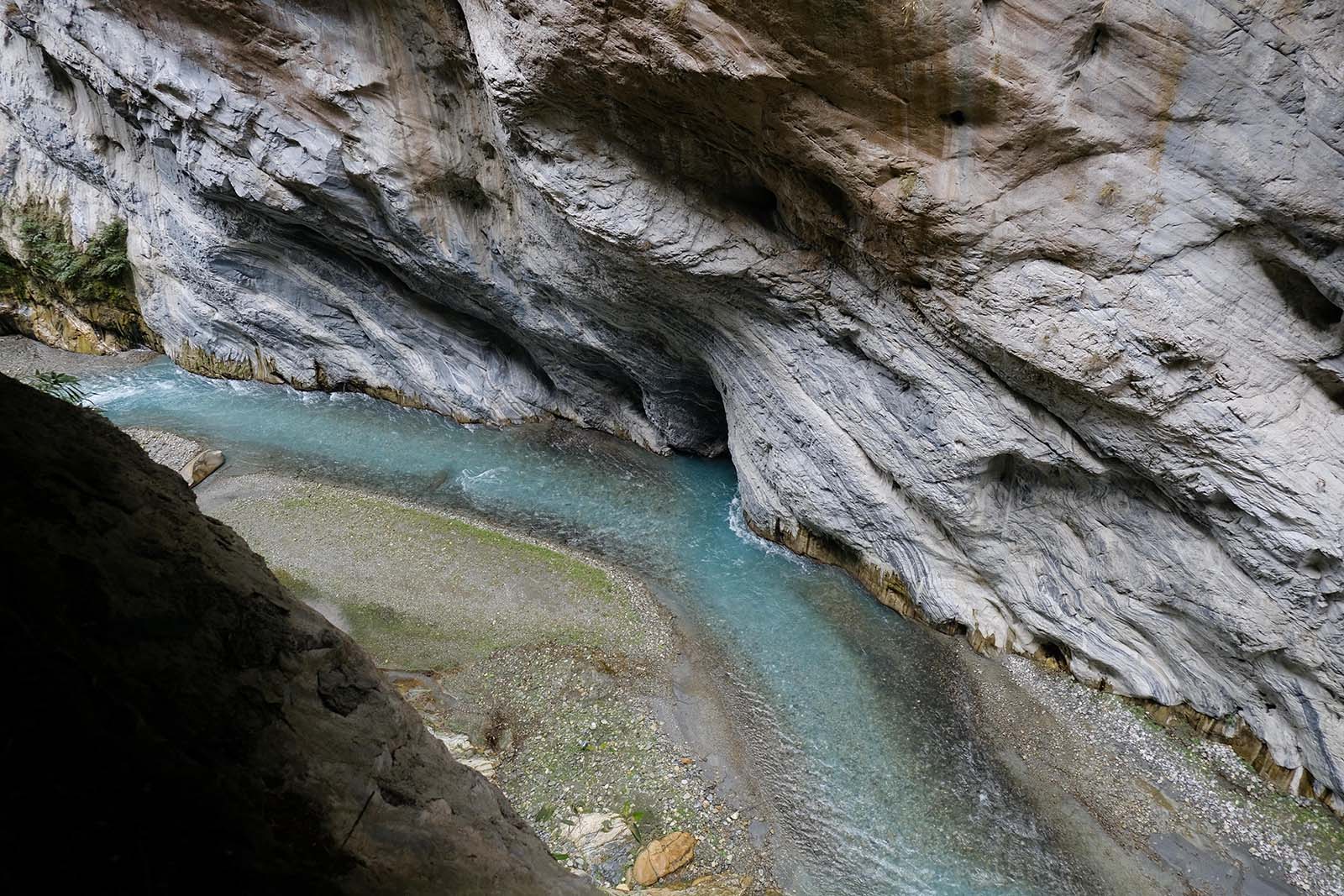
Swallow Grotto is a short path that offers a bird’s eye view of one of Taroko Gorge’s narrowest canyon sections. The easiest of Taroko Gorge’s walking paths, the walkway follows a one-way section of road through a series of tunnels that have been blasted into the canyon for cars. Numerous “windows” exist in the cave-like tunnel where hikers can look down directly into the canyon below. The flow of Liwu River below is entirely dependent on recent rainfall, it can either be a raging torrent, or a crystal clear and shallow turquoise river.
Buluowan Suspension Bridge
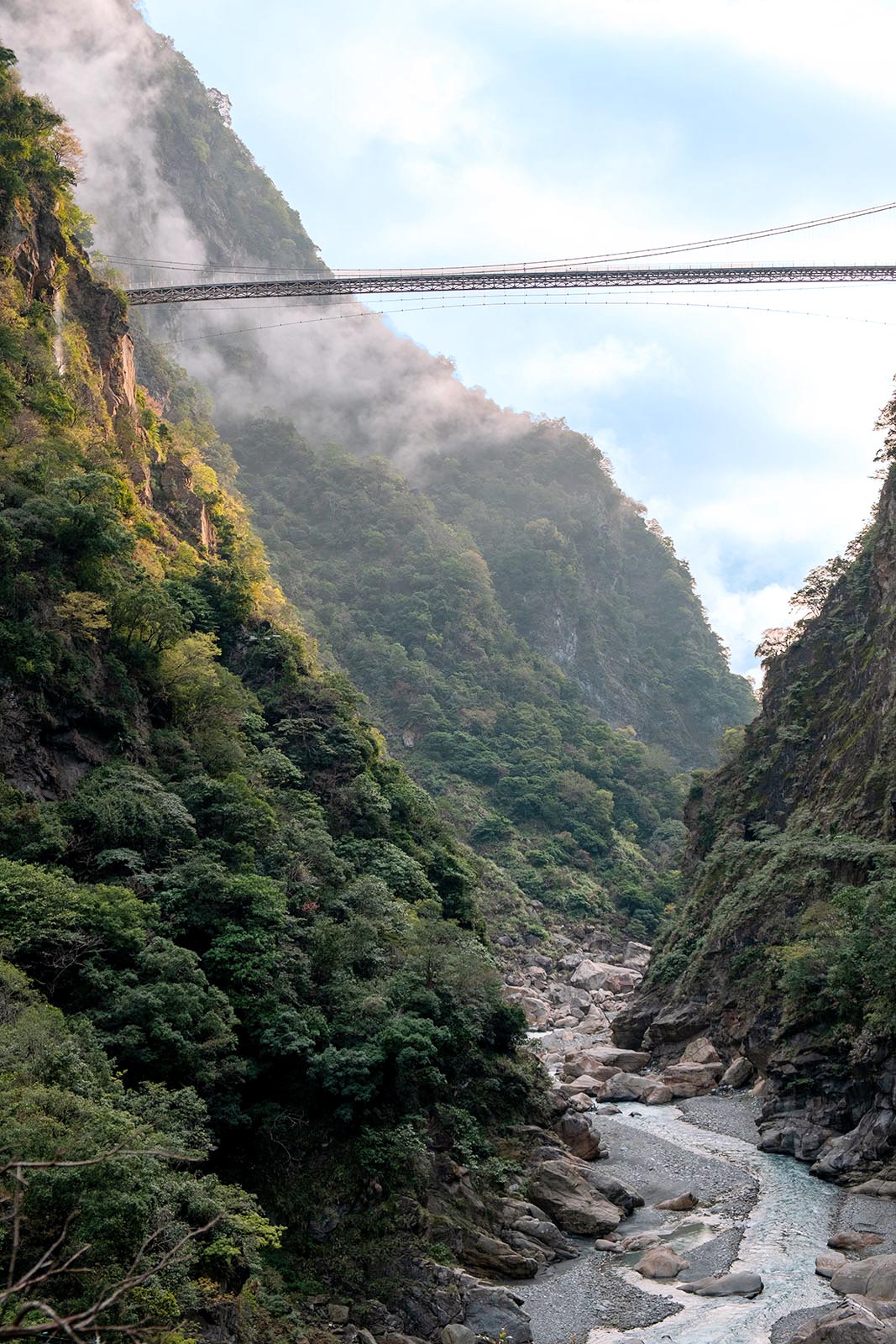
The Buluowan Suspension Bridge is a recently completed pedestrian suspension bridge that crosses high above the Liwu Valley in Lower Taroko. The bridge is suitable for tourists of all ages and the entire trail is accessible to those with disabilities (incl. wheelchair users). For those who may not be able to climb or hike other more demanding trails, the nearly 200-meter-long bridge offers a great view of the Taroko Gorge. Permits must be applied for in advance but are not difficult to obtain.
A little known fact is that this new suspension bridge is actually the fourth iteration of bridge at this point in the river. The original bridge connected the Zhuilu Old Road to Buluowan on the southern side of Liwu River. After abandonment of the cross-island traverse trail however, the bridge fell into disrepair. Today, Buluowan offers a modern and safe way to experience the original path one walked by Japanese soldiers walking westward from Hualien.
« Read Less📍 Route 2: Hualien City
Qixingtan Beach

Qixingtan Beach—originally “Malongayangay” in the indigenous Sakizaya language—is an expansive pebble beach which runs from the northern coast of Hualien City and follows the inward bend of the bay in the direction of Taroko. This expansive pebble beach offers excellent views of the Sanzhan Valley, Taroko National Park, Mt. Qingshui and the Qingshui Cliffs to the north. For early risers, Qixingtan Beach is one of the best and most dynamic places in Taiwan to view the sunrise. Visitors should keep in mind that swimming here is not recommended due to strong currents and an unforgiving shorebreak.
Hualien Cultural and Creative Industries Park & Old Railroad Pedestrian Area
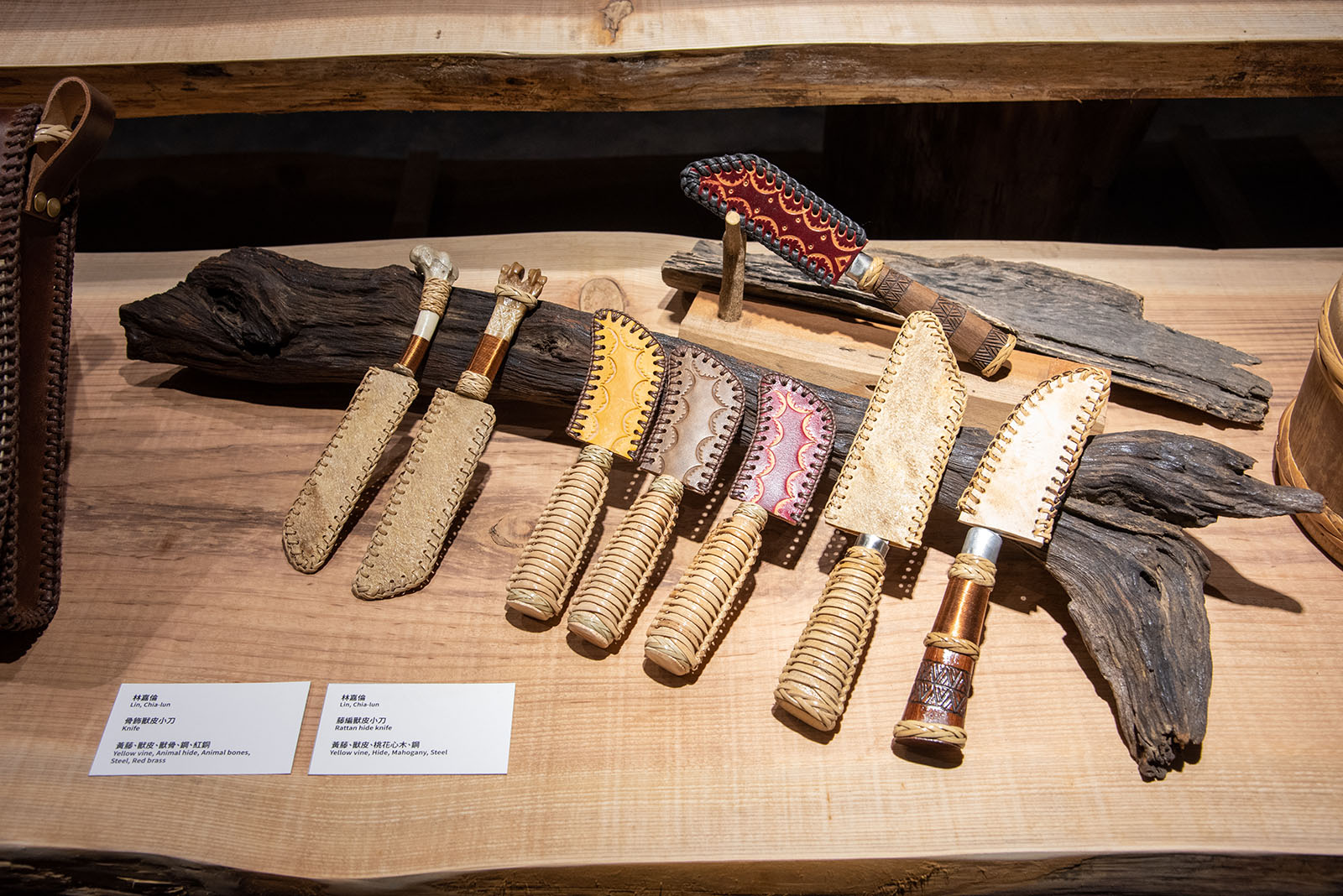
Shopping, crafts markets, exhibitions and street performances—Hualien Cultural and Creative Industries Park, and the nearby Old Railroad Pedestrian Area are the modern cultural center of Hualien City. Housed in a renovated wine factory, Hualien Cultural and Creative Industries Park features an assortment of shops selling locally made artisan products, as well as cafes and restaurants. The streets surrounding the Cultural Park are also packed with shops, small cafes and cheap eats. Located just a couple blocks to the north, the Old Railroad Pedestrian Area features many pop-up shops, vendors, late night snacks, and a comparatively local and youthful vibe.
Dongdamen Night Market
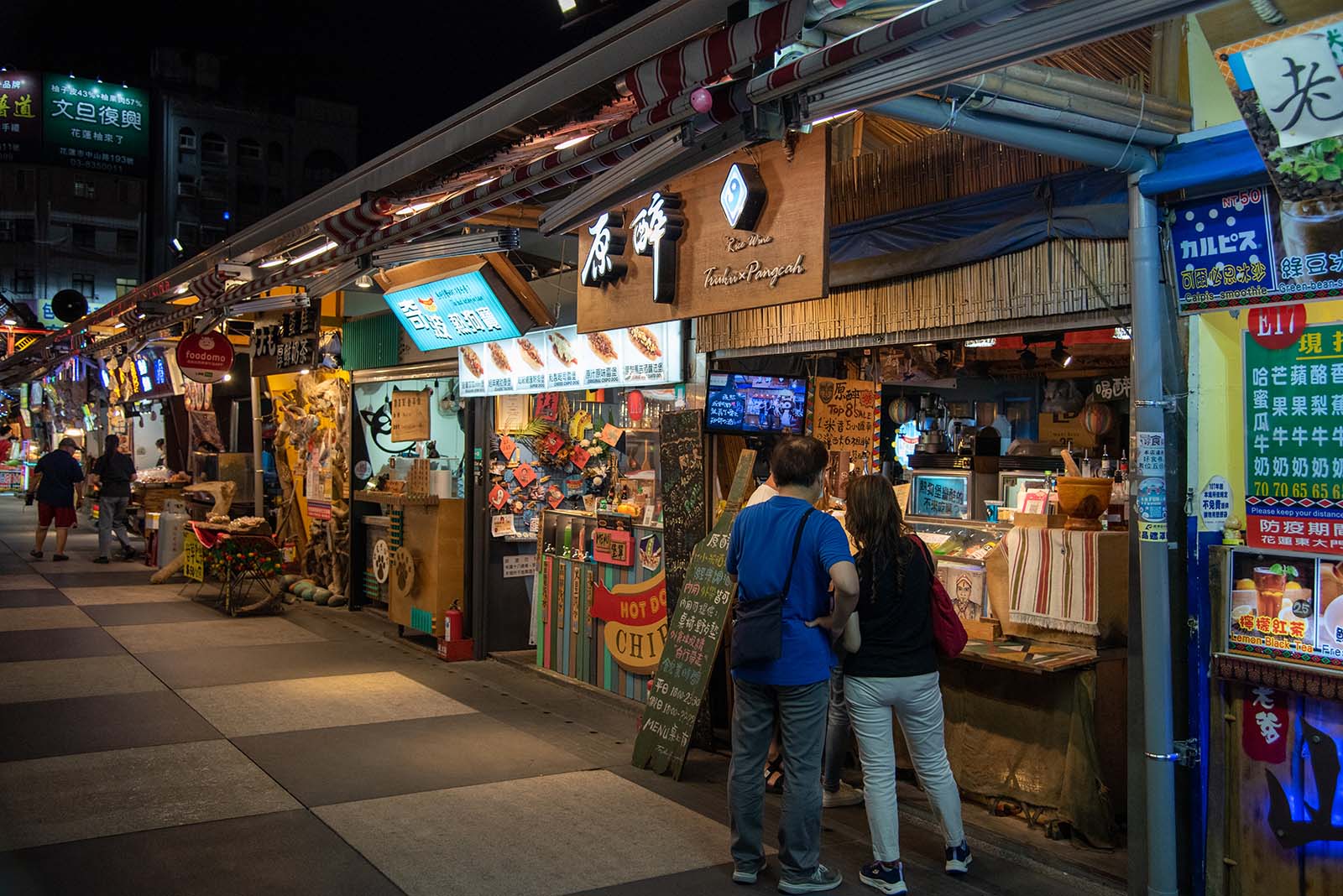
Dongdamen, Hualien’s only tourist night market, is one of Taiwan’s most modern and cleanest night markets. Originally located in Ji-an Township, the market was moved to its current location several years ago to better serve Hualien’s incoming tourists. Stalls here sell everything from cotton candy, to infinite combinations of freshly squeezed fruit juices, foraged indigenous vegetable dishes, and all the famous Taiwanese night market staples. The evenings feature indigenous musical performances suitable for children. Adults, however, might find the indigenous cocktail bar “Yuan-Tsui” (Rice Wine Bar) interesting. Their inventive cocktails make use of locally foraged indigenous spices like maqaw to add a little local spice.
📍 Route 3: East Rift Valley
The Tafalong Tribe
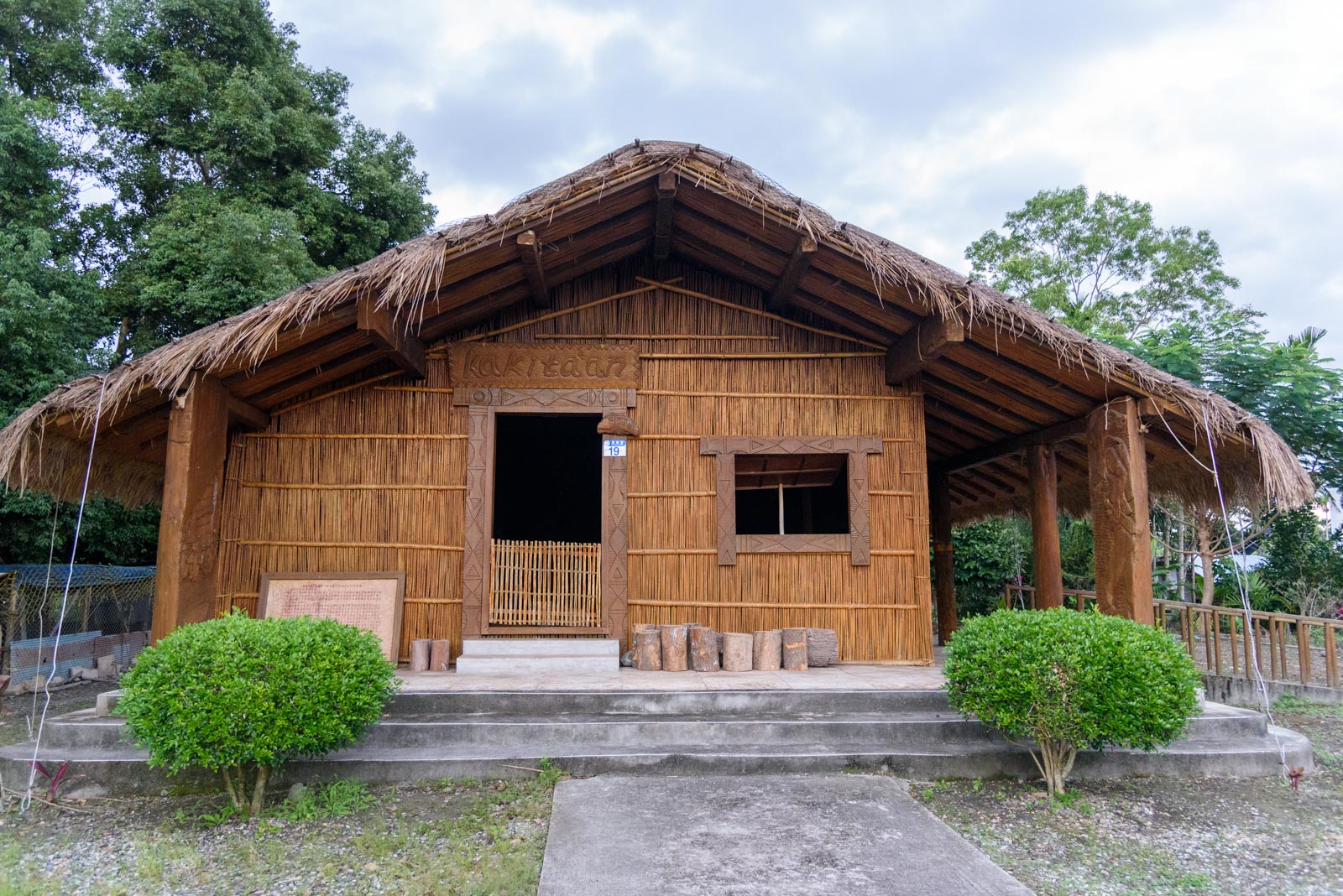
The Tafalong Tribe, located in Guangfu in Southern Hualien, is the largest Amis tribe in Hualien. The tribe contains the only known example of a traditional Amis house, known as “Kakita’an”. Inside, historic carved wooden pillars tell the story of Amis mythology. This is particularly moving once you learn that the Amis have no written language. One street over is Aredetay, a boutique indigenous restaurant specializing in foraged flavors, fusion food, and excellent service. The interior is modern, comfortable and spacious.
Sixty Stone Mountain
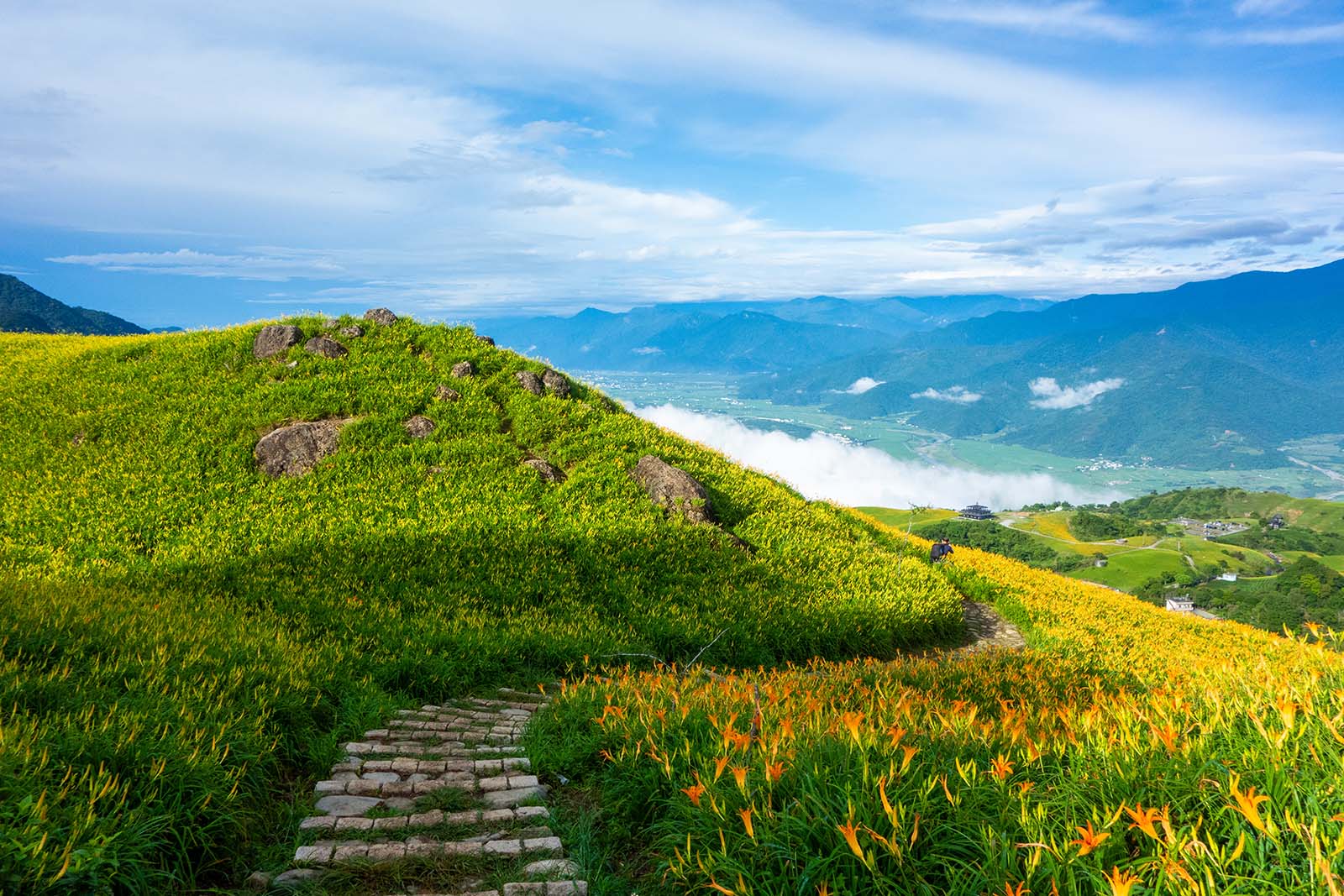
Sixty Stone Mountain, also called Liushidan Mountain, is famous for its sweeping fields of daylilies. Every August to October, the summit is covered with golden fields of blooming daylilies. Breathtaking views of the East Rift Valley are made even more beautiful for these brief several months, just beware of the peak season crowds. There are several homestays on the mountain which offer an inclusive experience and sell many local agricultural products, including a deliciously savory daylily soup. If staying the night, be sure to go stargazing. Due to the mountain’s elevation and the lack of light pollution, this is one of the best places on the East Coast to enjoy the Milky Way.
Antong Hot Spring
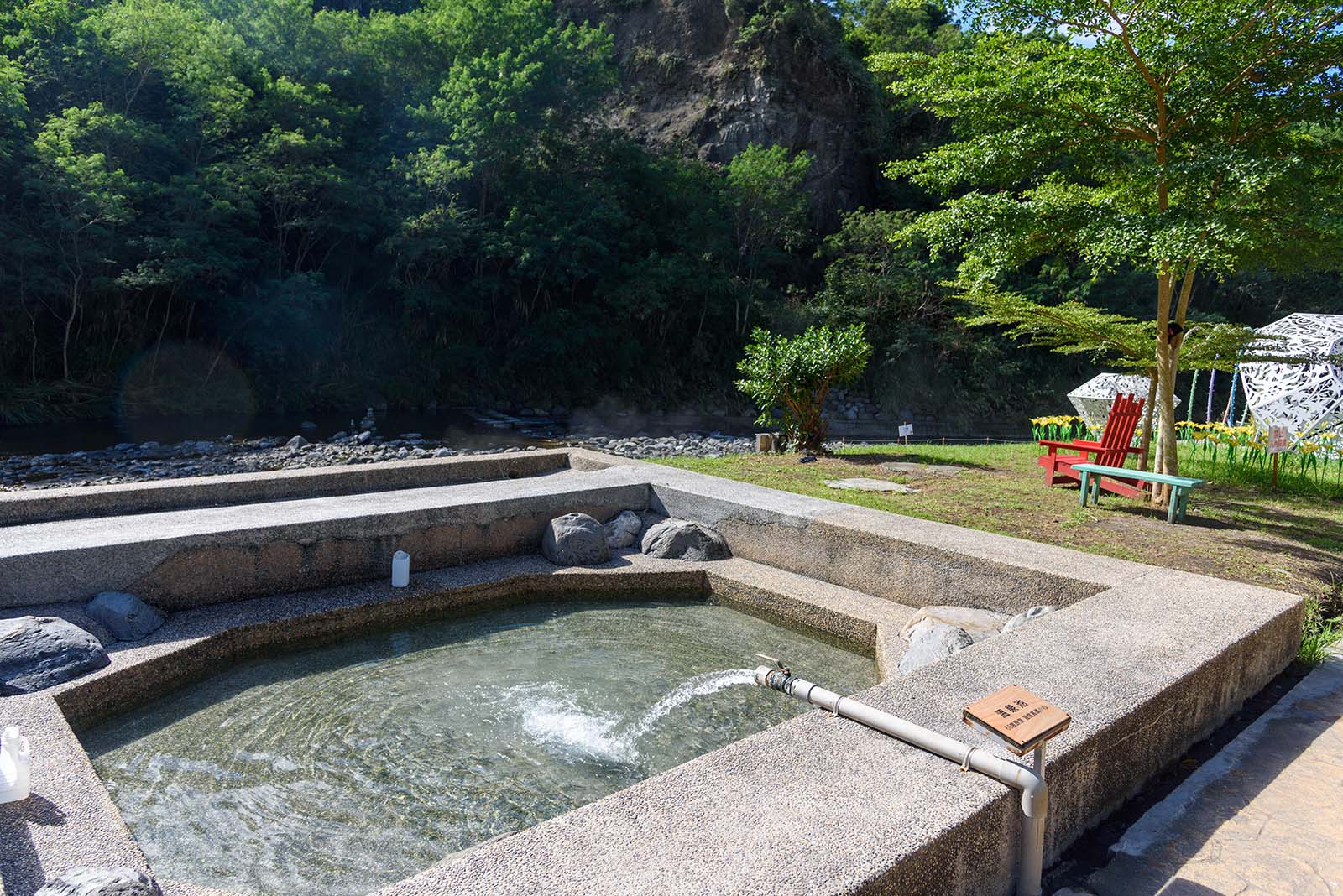
Antong Hot Springs is the only hot spring development located in the Coastal Mountain Range. Originally built during the Japanese-colonial-era over 100 years ago, this area was once one of the Great Eight Sights in Hualien. Today, several modest hot spring hotels built into the foothills of the Coastal Mountain Range offer overnight lodging. While the Antong Hot Springs are some of Taiwan’s least visited, they are well known for being one of Taiwan’s most beneficial springs. The transparent water here contains 15 different minerals and comes out at a warm 66 degrees C.

